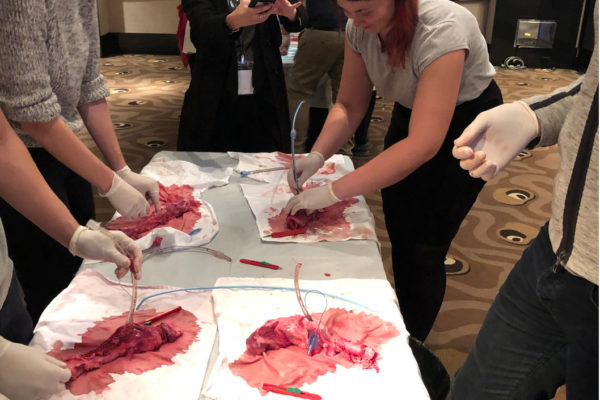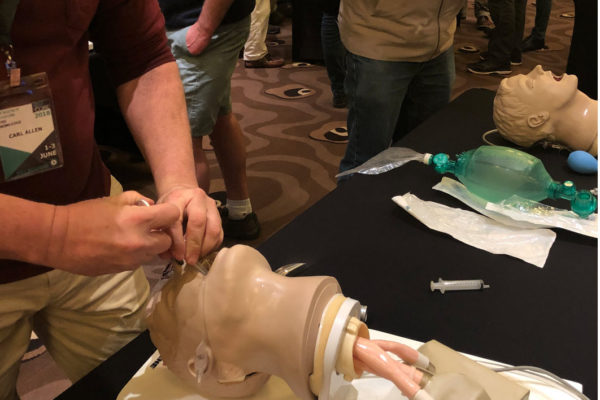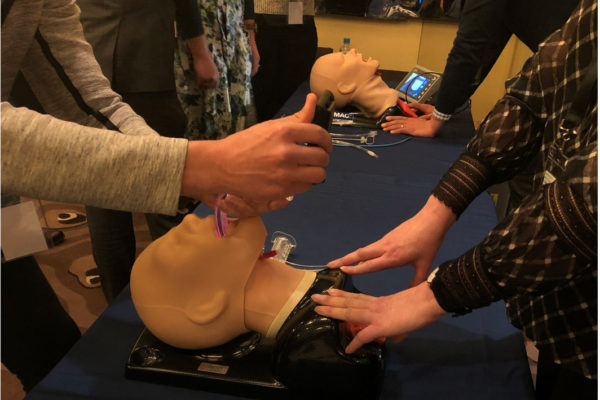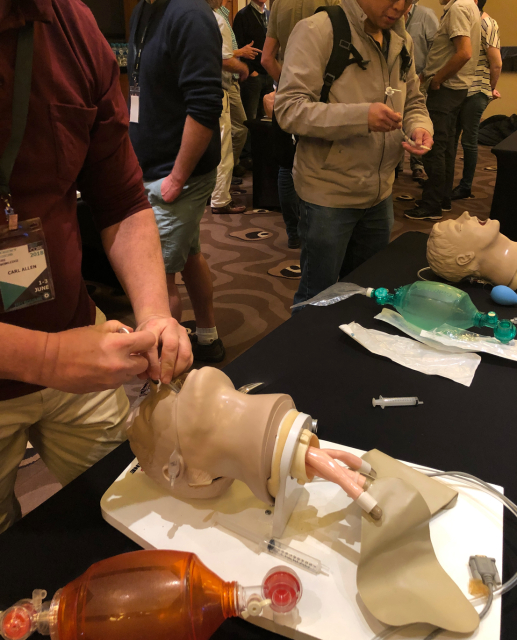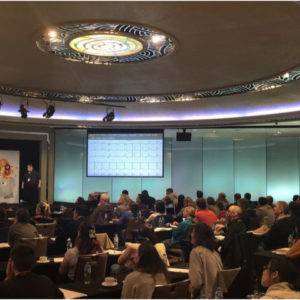Description
This is the Pre-Conference Advanced Airway Workshop for the EMCORE Sydney 2025. 1500-1800 face to face PLUS up to 5 hours online
Held at Royal Prince Alfred Hospital Kerry Packer Center
This is the New Airway Workshop!
You will have simple short video lectures to watch, at your leisure before the workshop. These cover all the basics. Then you will have an intense 3 hours of HANDS ON, with amazing teachers, so you can master the skills you need. A total of 8 hours.
The Airway Workshop Reflects Real Practice and so we will spend time on the important techniques and less on the techniques you will perform rarely
Station 1
BASIC ESSENTIALS
The BAG VALVE MASK
How the Bag Valve Mask works
Bag valve mask use
- single handed
- double handed
What makes BVM difficult?
- Beard
- No teeth
- Abnormal anatomy
- Others?
BVM use in KIDS
Technique is important as aggressive bagging results in gastric distension. Use the 1-2 second rule- ‘bag-em slow’
Rate of Bagging
Critical in the Arrest patient, as more than 10 breaths per minute are associated with ZERO survival (secondary to increased intra-thoracic pressure and decrease coronary perfusion pressure).
THE SUPRAGLOTTIC AIRWAY
How to use it?
Making more use of it in the ED.
EQUIPMENT
The LARYNGOSCOPE
- How to hold it
- The basic sweep of the tongue
- Looking for the Epiglottis
The ENDOTRACHEAL TUBE
- Fixed Curvature
- Radio-opaque Line
- Inflatable cuff
- Murphy’s Eye
Station 2
INTUBATION
This station looks at the basic technique of intubation:
POSITIONING THE PATIENT
The best position for the non-trauma patient, especially for obese patients and this translates to others is sternal notch aligned with the external auditory meatus.
Plus other positioning.
THE LARYNGOSCOPE SWEEP
Sweep from right to left and displace the tongue so you have a view.
LOOKING FOR THE EPIGLOTTIS
The landmark to look for is the epiglottis. This ensures that you start high and progress the laryngoscope down. One mistake people make is to put the laryngoscope in too deep.
THE STYLET/BOUGIE
The placement of an introducer into the tube is one of the musts taught in this course.
PUTTING IN THE TUBE
Ensure that your laryngoscope has swept the tongue to the left and now you should have lots of room to put in the tube. Progress the tube so you are watching it go from below upwards into the cords, so you have a view at all times.
Station 3
ADVANCED INTUBATION
We now take the previous patient and make the larynx difficult for you to intubate. The tongue may become swollen. We change the anatomy to give you the chance to face the difficult patient.
We troubleshoot.
HAVE A PLAN
We want you to have a plan if things don’t work out right. What’s your plan?
Station 4
VIDEO LARYNGOSCOPY / SURGICAL AIRWAY
THE HORIZONTAL CUT/BOUGIE/TUBE TECHNIQUE
THE VIDEO LARYNGOSCOPE – The difficult airway device of the future.
What you will complete by the end of the workshop?
Preparing for the Airway Workshop
Below is an older video, but a good video to start with.
The CICO scenario has changed
- 3 QUESTIONS TO ASK?
- PROTECTING THE DIFFICULT AIRWAY
- THE LEMON APPROACH
- RAPID SEQUENCE INTUBATION
- THE P’S OF INTUBATION
- BASIC EQUIPMENT
- POSITION THE PATIENT
- PRE-OXYGENATION
- PHYSIOLOGICAL RESPONSES
- DRUGS
- BURP
- SCORING SYSTEMS
- CONFIRMING TUBE PLACEMENT
- HYPERVENTILATION
- POST TUBE CARE
- WHAT IF I CAN’T INTUBATE? – this has now changed
- SURGICAL AIRWAY
- SPECIAL CASES

